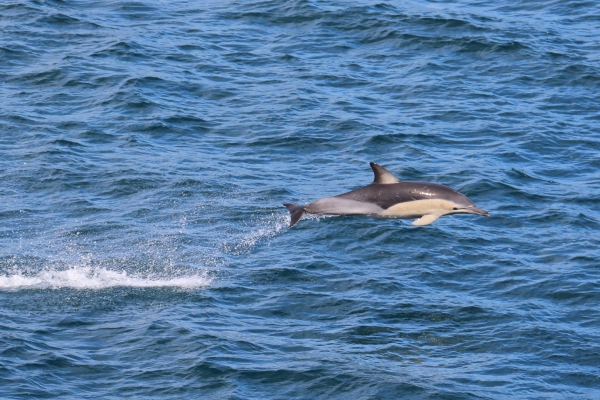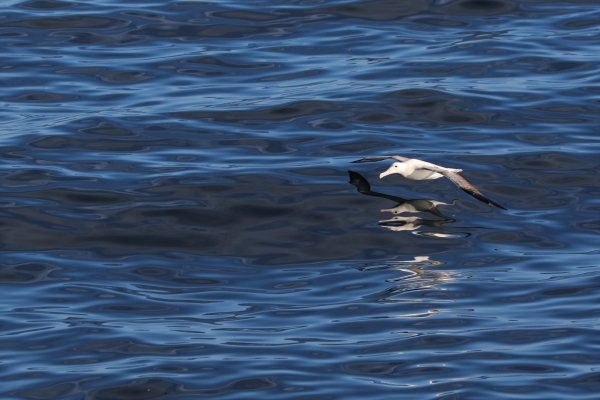9 February 2018
RV Tangaroa is farewelled by a pod of dolphins as it heads off on its 12th voyage to the white continent.
Footage courtesy of Kareen Schnabelke.
Our first station was only an hour and a half after departing Wellington, where we deployed the Continuous Plankton Recorder (CPR). This instrument was first used in the 1920’s, and has since been deployed millions of times, in every ocean on the planet. The CPR is towed behind the ship at regular speed (10-12 knots), and captures planktonic animals inhabiting the upper 5-10m of the ocean, known as zooplankton.
The CPR will be towed for the entire transect to the Ross Sea, thus allowing scientists to investigate patterns of zooplankton distributions over large portions of the Southern Ocean, as well as trends in abundance over time. Past studies based on CPR sampling have documented large scale changes in marine environments, for instance copepod communities in the North Atlantic were found to have shifted to higher latitudes over the past five decades, as ocean temperatures warm and species preferred habitats move poleward.
The CPR will contribute to monitoring the food-web of the Southern Ocean and the Ross Sea, which is highly productive and supports numerous apex predators (e.g. orcas). Zooplankton assemblages are also very sensitive to variability in ocean conditions, often too subtle to be detected with direct measurements, and can thus indicate broad trends within the Ross Sea Marine Protected Area associated with global climate change.


